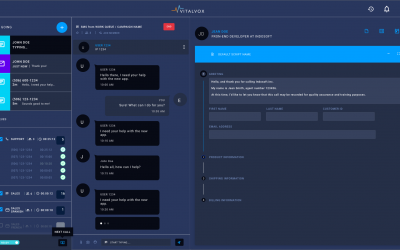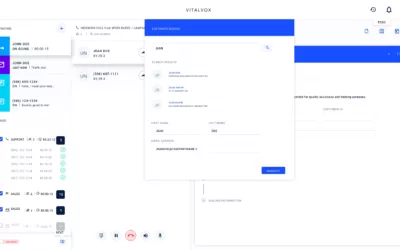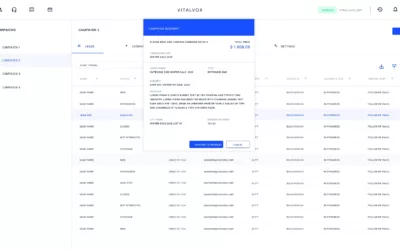The power of customer feedback goes beyond simple opinions and suggestions—it’s a transformative tool that can turn your contact center into a highly responsive and adaptive service entity. In today’s fast-paced world, where customer expectations are constantly evolving, a well-structured feedback mechanism enables your business to stay agile, enhance customer satisfaction, and ultimately drive growth.
Why Customer Feedback Matters
Establishing a robust customer feedback loop is essential for any contact center striving to improve its services. It provides direct insights into what your customers think about your products, services, and overall experience. Moreover, it identifies pain points that might otherwise go unnoticed, allowing your team to address them proactively. Without this feedback, your contact center may operate in a vacuum, unaware of critical areas needing improvement.
Creating an Effective Feedback System
To build a responsive contact center, it’s crucial to implement an effective feedback system. Start by making it easy for customers to share their thoughts. Use multiple channels such as surveys, social media, and direct feedback after calls. Ensure that your surveys are concise and targeted, focusing on specific aspects of the customer experience. This approach not only encourages higher response rates but also provides actionable insights.
Analyzing and Acting on Feedback
Once feedback is collected, it’s vital to analyze the data to identify trends and recurring issues. Use analytics tools to segment feedback by categories such as agent performance, service quality, and product satisfaction. From there, prioritize issues based on their frequency and impact on customer satisfaction. Implement changes and communicate these improvements back to your customers, demonstrating that their voices are heard and valued.
Training Agents with Real Insights
Feedback isn’t just about making changes at the organizational level; it’s also a powerful tool for training your agents. By using real customer comments, you can tailor training programs to address specific weaknesses or knowledge gaps. Role-playing exercises based on actual feedback scenarios can significantly improve your agents’ ability to handle complex customer interactions more effectively.
Closing the Feedback Loop
A responsive contact center doesn’t just collect feedback—it closes the loop by informing customers about the changes made based on their input. This transparency builds trust and encourages further engagement. Send follow-up emails or notifications to let customers know their feedback has led to tangible improvements, fostering a sense of partnership between your business and its customers.
Benefits of a Feedback-Driven Culture
Creating a culture that values customer feedback can lead to numerous benefits. It not only improves service quality but also boosts employee morale, as agents see the direct impact of their work on customer satisfaction. Moreover, a feedback-driven approach can enhance your company’s reputation, as customers appreciate businesses that are willing to listen and adapt.
Conclusion: The Power of Customer Feedback
Implementing robust customer feedback mechanisms is essential for transforming your contact center into a responsive and adaptive service entity. By harnessing The Power of Customer Feedback, actively listening to your customers, analyzing their input, and making necessary changes, you can deliver a service experience that not only meets but exceeds expectations.
Contact Us
Ready to transform your contact center with the power of customer feedback? Contact us today to learn how we can help you implement effective feedback strategies and build a truly responsive service organization!



